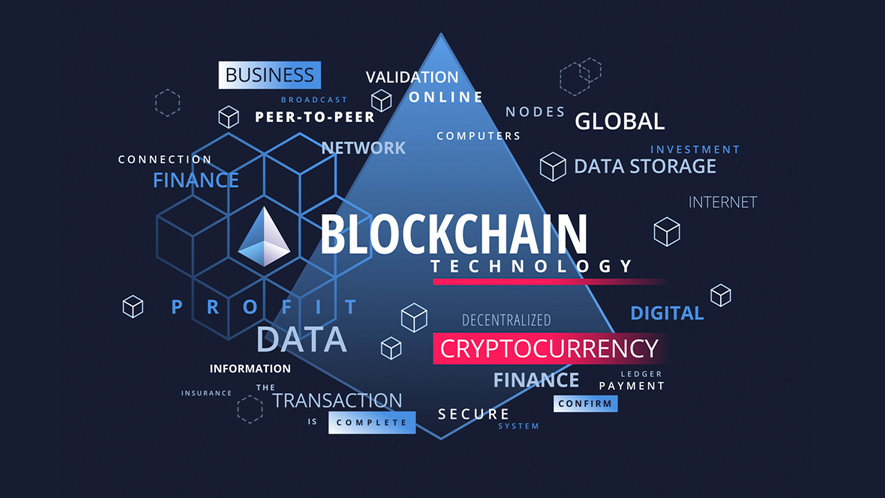
In recent years, technology has invaded our lives. Blockchain, which is a comprehensive concept was presented with the first cryptocurrency, Bitcoin, as a way of keeping data, always securing its uniqueness and validity, without the need to involve any central authority control.
The technology is relatively new, developed in the last decade and besides the cryptocurrency space, from which he also gained fame, has uses in one multitude of disciplines such as legal, insurance, supply chain, management copyright, etc.
Blockchain technology is analyzed in this paper as well as its applications in the business environment. Technical terms are presented such as features, versions, cryptography and hashing algorithms, addressing, digital signature, public and private keys, block characteristics, etc. Reference is then made to the types of consensus protocols and various examples of their use are presented.
In addition, each role is analyzed for choosing a Blockchain application development platform. Some are analyzed of the most popular app development platforms and examples are listed applications Blockchain has in today’s business world.
Various negatives and problems with the use of technology are presented, while at the same time they are proposed as solutions for the various problems and questions arising from the use. After a summary of the work is done, we come to conclusions and thoughts about what is expected to see in the future from this technology.
Analyzing blockchain
Blockchain, a relatively new technology, is a sequence of blocks that hold and have a list of records of transactions between users of such a network, in a decentralized digital public notebook (public ledger, DLT).
This notebook essentially constitutes the file of network movements. Is shared on a public or private peer-to-peer network. Transactions expand in the general circulation of assets. Figure 1 shows a simple example of Blockchain. Blocks contain an encrypted hash code.
Every block is directly related to the previous block in the sequence through its hash value of the previous block (n-1), which you find at the head of block (n). The first block like that chain is called the first transaction block (genesis block) and there is no other before this.
When did blockchain appear?
The core piece behind what is now called Blockchain, started many years ago before. In the early 1990s, Leslie Lamport developed the Paxos protocol which was introduced several years later, in 1998, with the publication of The Part-Time survey Parliament (Leslie, 1998) in the journal ACM Transactions on Computer Systems.
Alongside in 1991 researchers first introduced the logic of an encrypted chain via a research paper How to time-stamp a digital document (Haber & Stornetta, 1991), which presented a practical and original solution for timestamping documents by making their modification impossible.
Years later, in 2008 a Japanese (unknown even whether it is an individual or a group of individuals), published a research work Bitcoin: A Peer to Peer Electronic Cash System (Nakamoto, 2008). In this particular work first introduced Blockchain technology to create the first digital cryptocurrency, now popularly known as Bitcoin.
According to Pilkington (Pilkington, 2016), the invention was based on a central server for avoiding double-spending, a phenomenon where the use of the same bitcoin is done more than once at the same time.
Nevertheless, the specific idea of the use server failed as it did not provide solutions to the problems of double wastage, anonymity, and decentralization. Then between 2011-2012, the usage started of cryptocurrencies in practical applications that were related to transactions.
Why learn about blockchain technology?
The aim of the article is the detailed presentation and deepening of Blockchain technology as well as all the individual pieces that make up such a network.
In addition, the presentation of how to create a blockchain application and the impact it can have on today’s business world as well as all the problems that implementation of it can create.
Learn more about blockchain and cryptocurrencies:
- When Bitcoin will hit 100K and why?
- LYOPAY at Future Blockchain Summit 2022: The Recap
- Why are top networkers switching to WEWE Global?
- The Power of Referral Marketing
- WEWE community can vote on platform developments
- EKO Rally Acropolis 2022 – LYOPAY Sponsor
- Token Rewards for 900 Days with Cloud Minting Program
- Blockchain and Crypto-Tech
